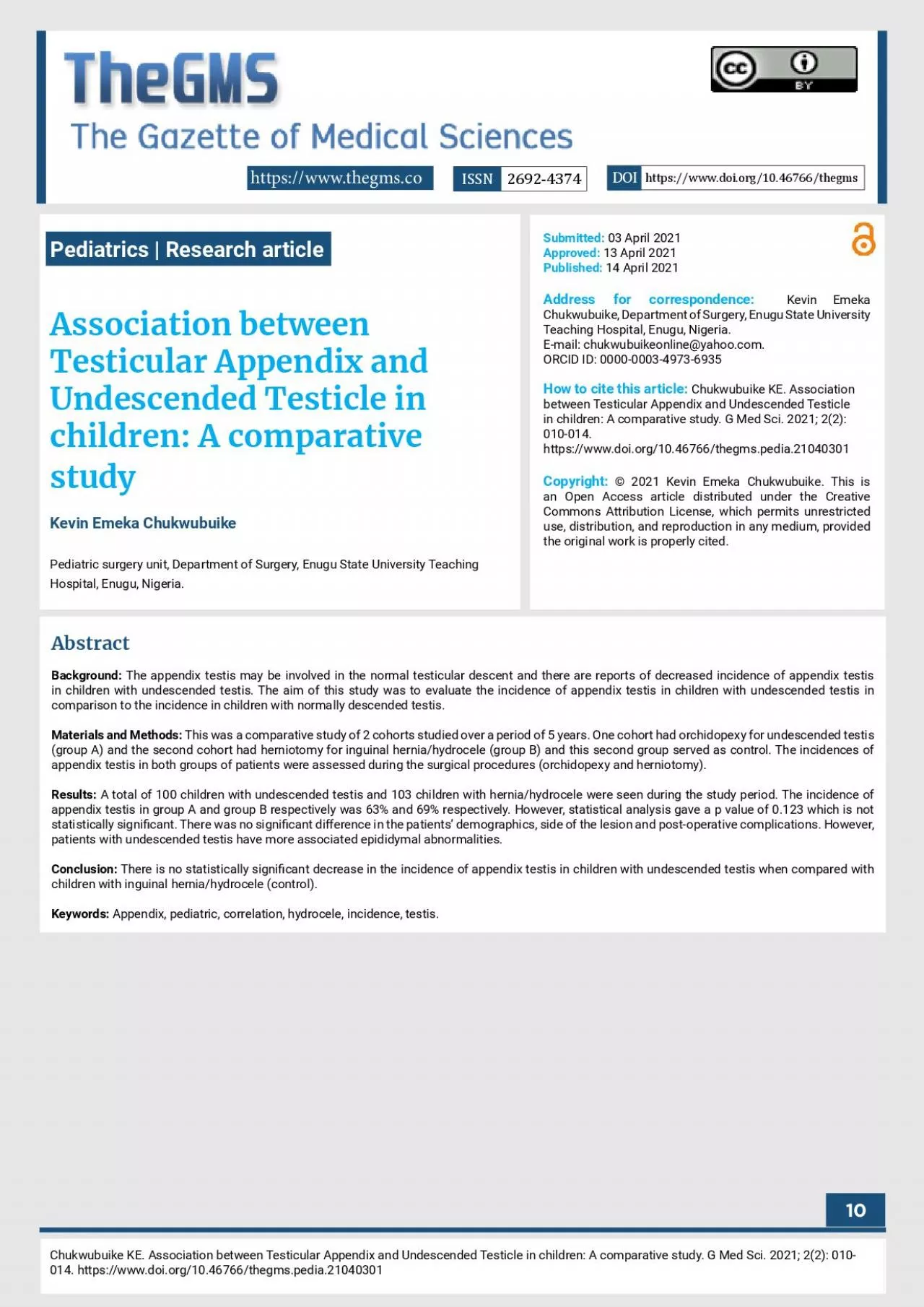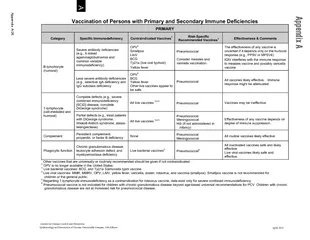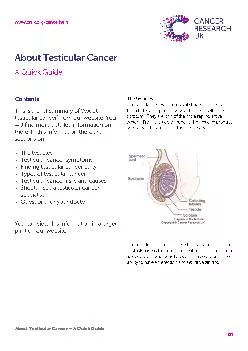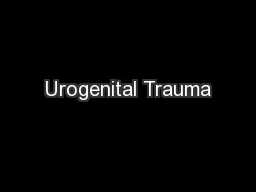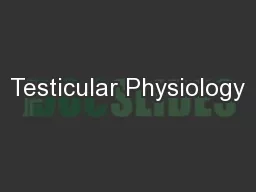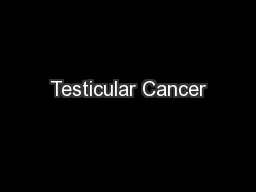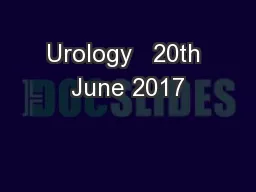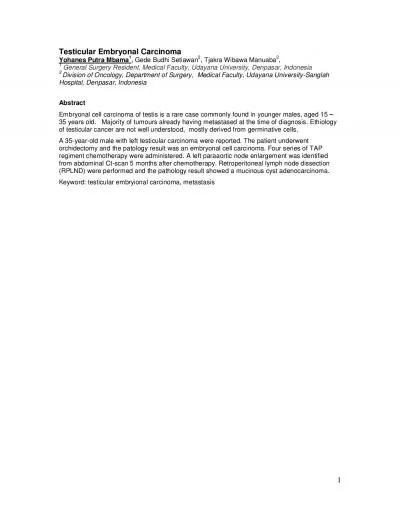PDF-Chukwubuike KE Association between Testicular Appendix and Undescende
Author : miller | Published Date : 2022-08-16
10 ISSN26924374 httpswwwdoiorg1046766thegmsPediatrics Research articleKevin Emeka ChukwubuikePediatric surgery unit Department of Surgery Enugu State University
Presentation Embed Code
Download Presentation
Download Presentation The PPT/PDF document "Chukwubuike KE Association between Testi..." is the property of its rightful owner. Permission is granted to download and print the materials on this website for personal, non-commercial use only, and to display it on your personal computer provided you do not modify the materials and that you retain all copyright notices contained in the materials. By downloading content from our website, you accept the terms of this agreement.
Chukwubuike KE Association between Testicular Appendix and Undescende: Transcript
Download Rules Of Document
"Chukwubuike KE Association between Testicular Appendix and Undescende"The content belongs to its owner. You may download and print it for personal use, without modification, and keep all copyright notices. By downloading, you agree to these terms.
Related Documents

